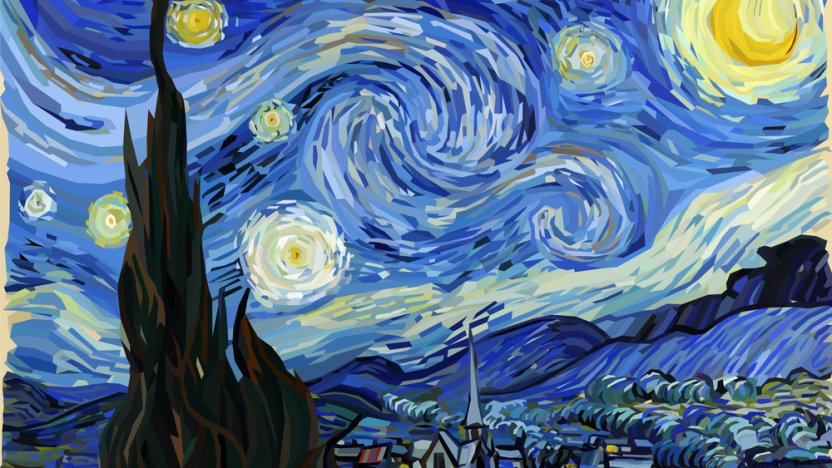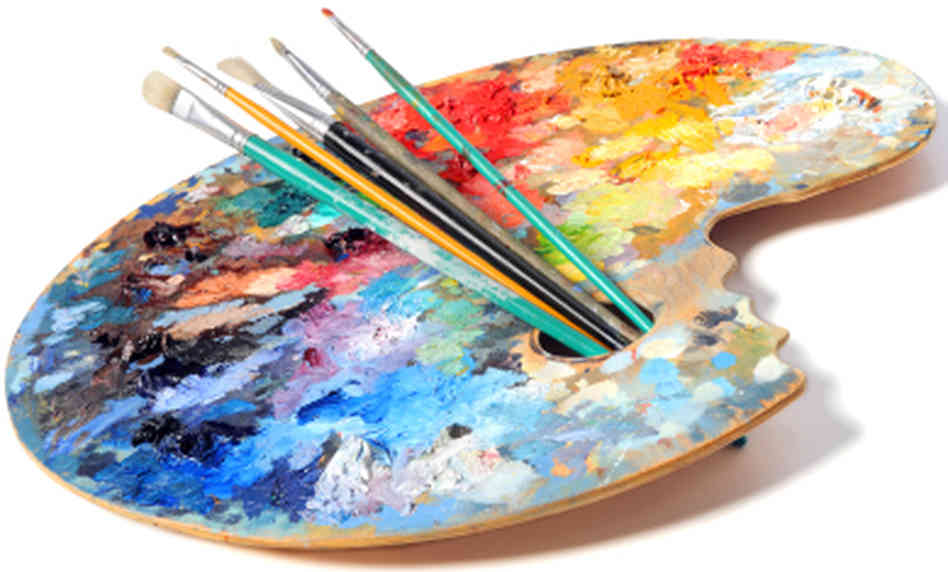The Junction of National Politics and Aesthetics in Trump Art
The Junction of National Politics and Aesthetics in Trump Art
Blog Article
Embarking on a Visual Trip With the Lyrical Interpretations of Nature in Impressionist Landscapes
Each brushstroke, each play of light and darkness, and each color selection in their works talks quantities regarding the musicians' deep connection to nature and their ability to translate its beauty onto the canvas. As we explore the lyrical interpretations of nature in Stylist landscapes, we are invited to immerse ourselves in a world where truth and emotion intertwine, supplying a glimpse into the artists' extensive appreciation for the natural globe.
The Captivating Brushstrokes of Claude Monet
Claude Monet's proficiency of brushstrokes goes beyond mere method, imbuing his landscapes with a heavenly top quality that fascinates and captivates customers - trump art. His innovative use color and light, combined with his distinctive brushwork, creates a sense of activity and life within his paintings. Monet's distinguished collection of jobs showing water lilies and his renowned haystacks display his capacity to capture the fleeting results of light and environment

Taking On Light and Shadow With Camille Pissarro
Personifying a similar reverence for the interplay of light and darkness, Camille Pissarro's imaginative vision unfolds as an unified expedition of the all-natural world's luminescent subtleties. Pissarro, an essential figure in the Impressionist movement, masterfully captured the dynamic connection between light and shadow in his landscapes. His proficient use color and brushwork enabled him to convey the refined shifts in light that specify different times of day and seasons.
Pissarro's paintings frequently feature spotted sunlight filtering via fallen leaves, casting intricate patterns of light and darkness on the planet listed below. In jobs such as "Hoar Frost, the Effect of Snow, Pontoise," Pissarro skillfully shows the crisp illumination of winter months sunlight compared with the cool darkness that define the snowy landscape. By accepting both light and shadow in his structures, Pissarro invites visitors to submerse themselves in the natural beauty and transient effects of light worldwide around them.

Through Pissarro's works, we are reminded of the transformative power of light and shadow, inviting us to pause and appreciate the fleeting moments of appeal existing in the everyday landscapes that surround us.
A Harmony of Color Styles by Edgar Degas
Edgar Degas orchestrates a vibrant symphony of shades in his skillful art work, instilling his compositions with a dynamic interaction of hues that captivate the audience's stare. Recognized largely for his ballet professional dancers and intimate scenes of Parisian life, Degas expertly manipulated colors to convey mood and motion in his paints. trump art. His usage of bold, different shades and refined tonal variants developed a feeling of deepness and vibrancy within his works
Degas' color combination commonly contained rich blues, deep greens, and cozy oranges, which he applied with certain brushstrokes to record the significance of his topics. Whether portraying a ballerina mid-performance or a team of close friends talking at a coffee shop, Degas' colors not only illustrated the Discover More Here scene but additionally evoked a sense of emotion and power.
Moreover, Degas' testing with light and darkness included an added layer of intricacy to his shade compositions, enhancing the total ambience of his paintings (trump art). Through his skillful manipulation of shade, Degas created an aesthetic harmony that proceeds to reverberate with audiences today
Discovering Nature's Calmness With Berthe Morisot
Berthe Morisot's imaginative vision uses a peaceful separation from the vivid shade harmonies of Edgar Degas, as she records the tranquility of nature in her evocative landscapes. Recognized for her fragile brushwork and intimate portrayals of day-to-day life, Morisot's landscapes exhibit a feeling of tranquility and harmony.
Morisot's paintings often feature soft, low-key tones that convey a sense of peace and peacefulness. Her jobs, such as "The Cradle" and "Summer season's Day," showcase her capability to capture the subtle charm of nature in a method that is both calming and contemplative to the visitor.
Unlike several of her Stylist equivalents who concentrated on bold colors and dynamic make-ups, Morisot preferred to create gentle, introspective scenes that welcome the visitor to stop and reflect. Through her masterful use light and darkness, Morisot develops a feeling of tranquility that reverberates with the visitor on a deep psychological level.
The Emotional Landscapes of Vincent Van Gogh
Vincent Van Gogh's landscapes vividly communicate a deepness of straight from the source feeling through their dynamic brushwork and expressive use color. The Dutch post-impressionist artist is renowned for his capability to catch raw and intense emotions in his paintings, going beyond typical depictions of nature. Van Gogh's tumultuous individual life, marked by mental health struggles, considerably affected his art, infusing his landscapes with a sense of worry, melancholy, or enthusiasm.
In jobs such as "Starry Evening" and "Wheatfield with Crows," Van Gogh's swirling brushstrokes and vivid shade selections stimulate a profound psychological action from viewers. The turbulent skies and agitated landscapes in his paintings show his inner turmoil and emotional turbulence, welcoming viewers to look into the intricacies of his subconscious.
Van Gogh's special visual language, defined by overstated viewpoints and strong use color, creates landscapes that reverberate with audiences on a deeply psychological degree. With his art, Van Gogh invites us to see nature not equally as an outside fact yet as a mirror of our innermost feelings and feelings.
Verdict
In final thought, the impressionist landscapes of artists such as Claude Monet, Camille Pissarro, Edgar Degas, Berthe Morisot, and Vincent Van Gogh supply a unique and fascinating visual analysis of nature. Via their use brushstrokes, feeling, color, and light, these musicians have actually created a harmony of pictures that evoke a feeling of tranquility and appeal in the natural globe. Their works proceed to inspire and enchant visitors with their lyrical interpretations of the landscapes around us.
Each brushstroke, each play of light and shadow, and each content shade choice in their jobs speaks quantities concerning the artists' deep link to nature and their capacity to translate its appeal onto the canvas. His innovative use of color and light, incorporated with his unique brushwork, develops a feeling of activity and life within his paintings. His adept usage of color and brushwork enabled him to communicate the refined shifts in light that define different times of day and periods.

Report this page